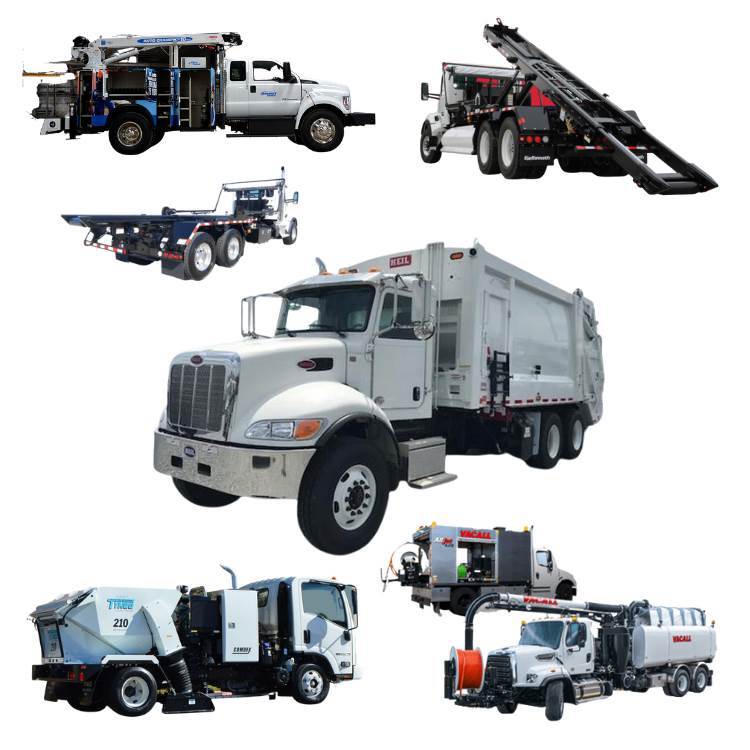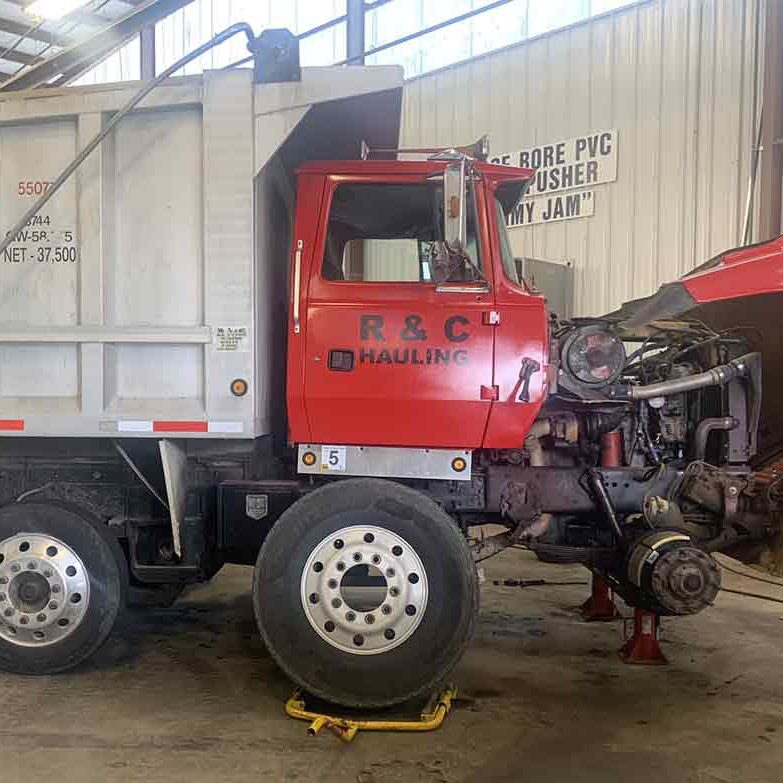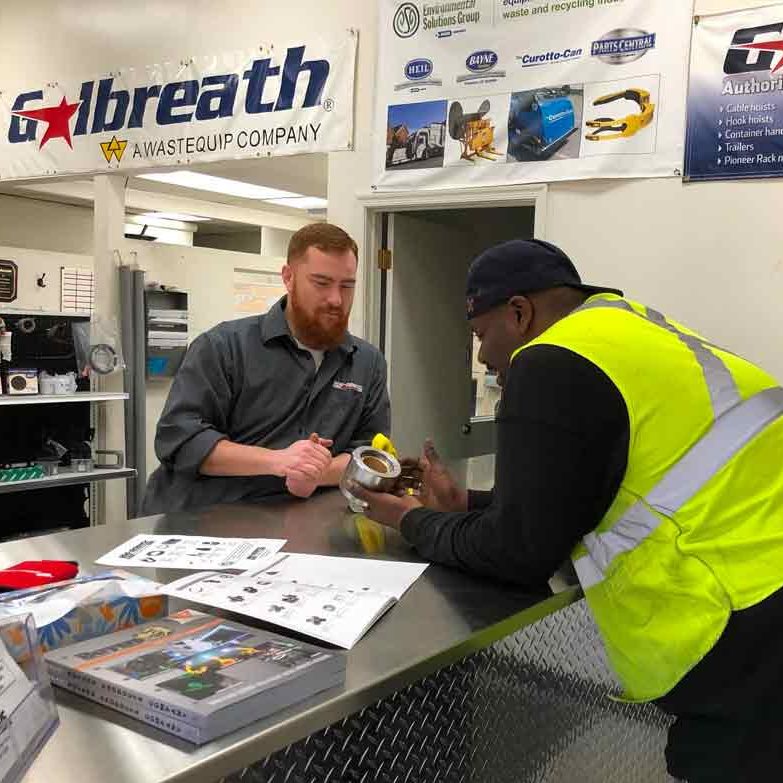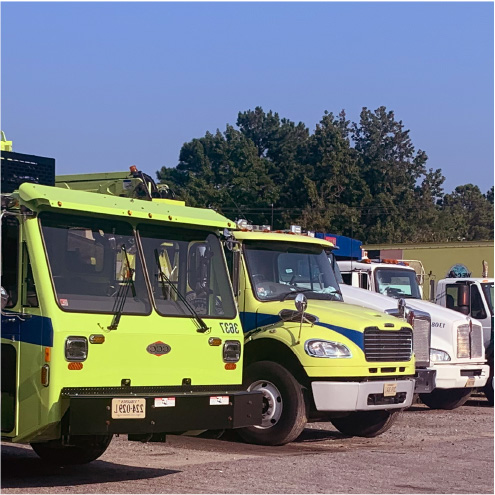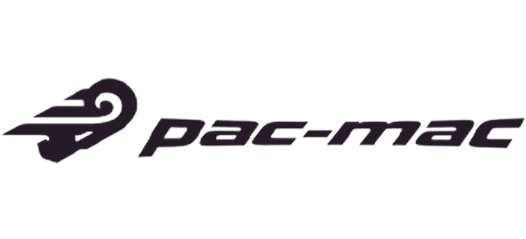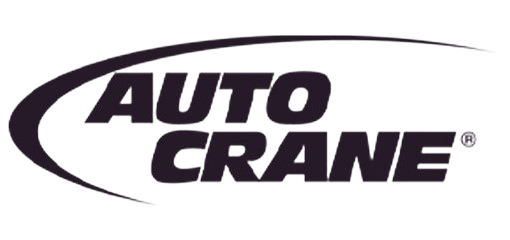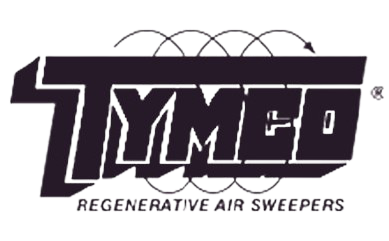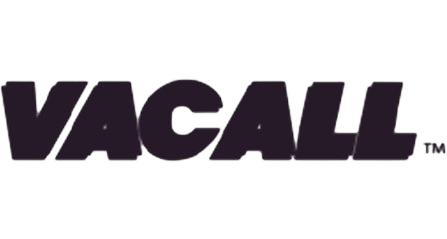How to Stay Safe While Working with Cranes
Cranes are used in a variety of industries, from construction to manufacturing. While cranes can make work easier and more efficient, they can also be dangerous if they are not operated correctly. That’s why it’s important to understand and practice crane safety when working with cranes. In this blog post, we will discuss what crane safety is, what the OSHA standards are, and 6 common safety considerations for using cranes.
What is Crane Safety?
Crane safety is an important part of any job involving the use of a crane. It involves having the appropriate training and certification for operating a crane, as well as understanding the risks associated with using a crane. Proper crane safety also involves ensuring that all components of the crane are inspected regularly for signs of wear or damage that could lead to an accident or injury.
OSHA Standards
The Occupational Safety and Health Administration (OSHA) sets regulations for the safe operation of cranes in the workplace. These regulations include requirements for operator certifications, maintenance procedures, inspection schedules, and qualifications. Each state may have additional regulations regarding cranes which should be followed by employers and operators alike. Additionally, employers must ensure that workers receive adequate training on the proper use of cranes before they are allowed to operate them on the job site.
6 Common Safety Considerations for Using Cranes:
1 – Operator Training:
An important part of crane safety is ensuring that operators are properly trained on how to operate the equipment safely. This includes understanding how to control the crane, how to handle loads safely, and how to respond in emergencies. Operators must receive adequate training before being allowed to use the crane on their own.
2 – Job Site Assessment:
Before operating a crane at a job site, take time to walk around and check for any potential hazards or obstacles. Make sure that all workers remain clear of the area while a crane is in operation as well as any swinging loads or materials. Also, ensure that all other team members are aware of where the crane is located and what its movements entail.
3 – Know Your Load Rating:
All cranes have maximum weight limits that should not be exceeded during operation. It’s important to always know what the load rating of your particular crane is before attempting any lifts or moves with it so that you don’t exceed its capabilities. This information can typically be found in your operator’s manual or on the side of the machine itself.
4 – Follow Load Security Protocols:
When lifting anything with a crane, secure it properly before beginning operations so that it won’t become unbalanced or slip off unexpectedly while in motion. This includes using slings or other securing devices such as hooks or clamps depending on what type of material you are moving with the crane.
5 – Communication:
Communication between team members is essential for keeping everyone safe while operating a crane onsite. Be sure to establish protocols for communication between operators and spotters so everyone knows what’s going on at all times during operations and can respond quickly if there’s an issue with the lift or move in progress.
6 – Perform Regular Maintenance & Inspections:
Properly maintained equipment is essential for keeping everyone safe when operating a crane at a worksite – especially when it comes to checking for wear-and-tear on components like brakes, pins, and bushings as well as ensuring proper lubrication levels are maintained throughout operation periods. Regular inspections should also be conducted by an experienced inspector who can identify any potential issues before they become serious problems down the line.
Crane safety is an important consideration when working with these powerful machines – both for protecting workers from injury and preventing damage to property due to improper use of the equipment itself. By following the guidelines outlined above customers can rest assured knowing their team will stay safe while utilizing their cranes.
MAWS is proud to partner with Auto Crane, the first name in service cranes. Wherever mission-critical building or maintenance work is being done, Auto Crane is behind the scenes delivering profitable & reliable solutions. Auto Crane answers questions that others can’t — about serious issues. Since 1958 Auto Crane has been the leader in crane design and crane management operating systems. Auto Crane is the only mechanic truck crane manufacturer that offers a crane and body package that is completely stable in all lifting zones.
We can customize any crane for your needs, as well as provide service and parts for maintenance and upkeep. Find your MAWS rep to get started.


